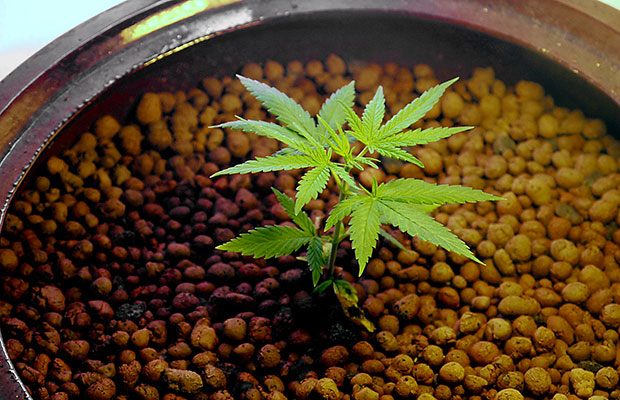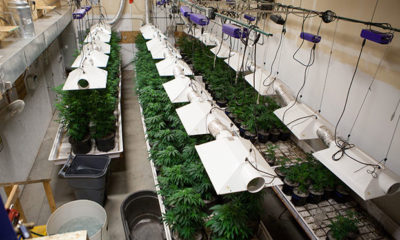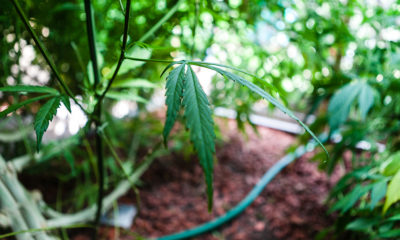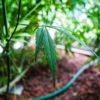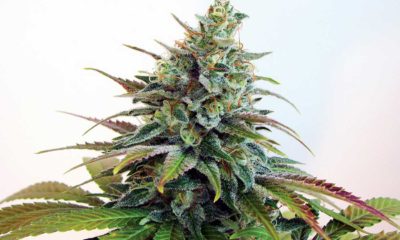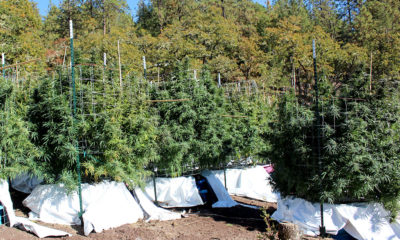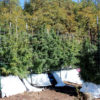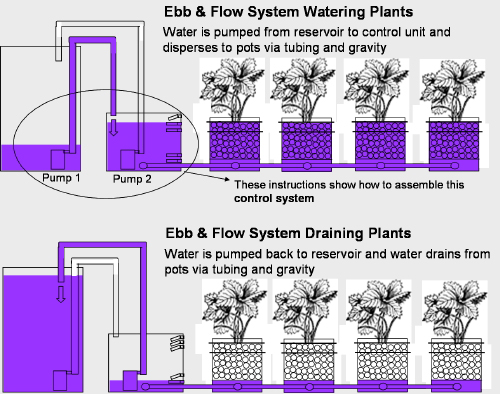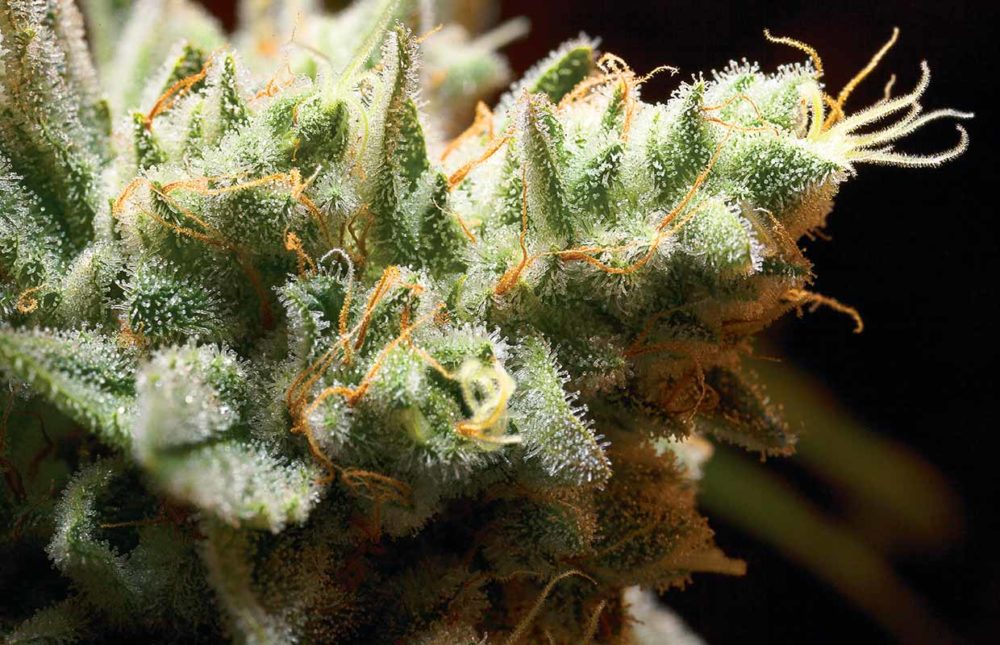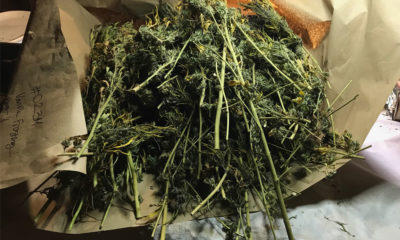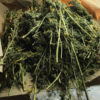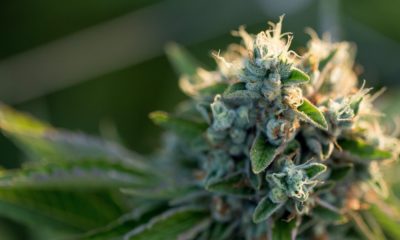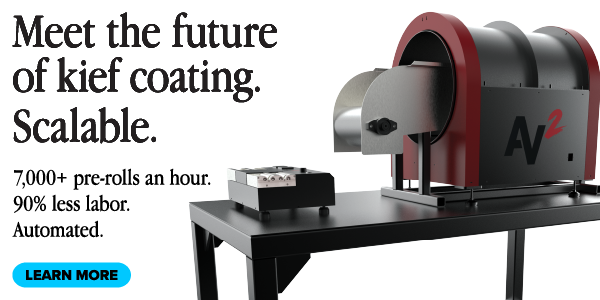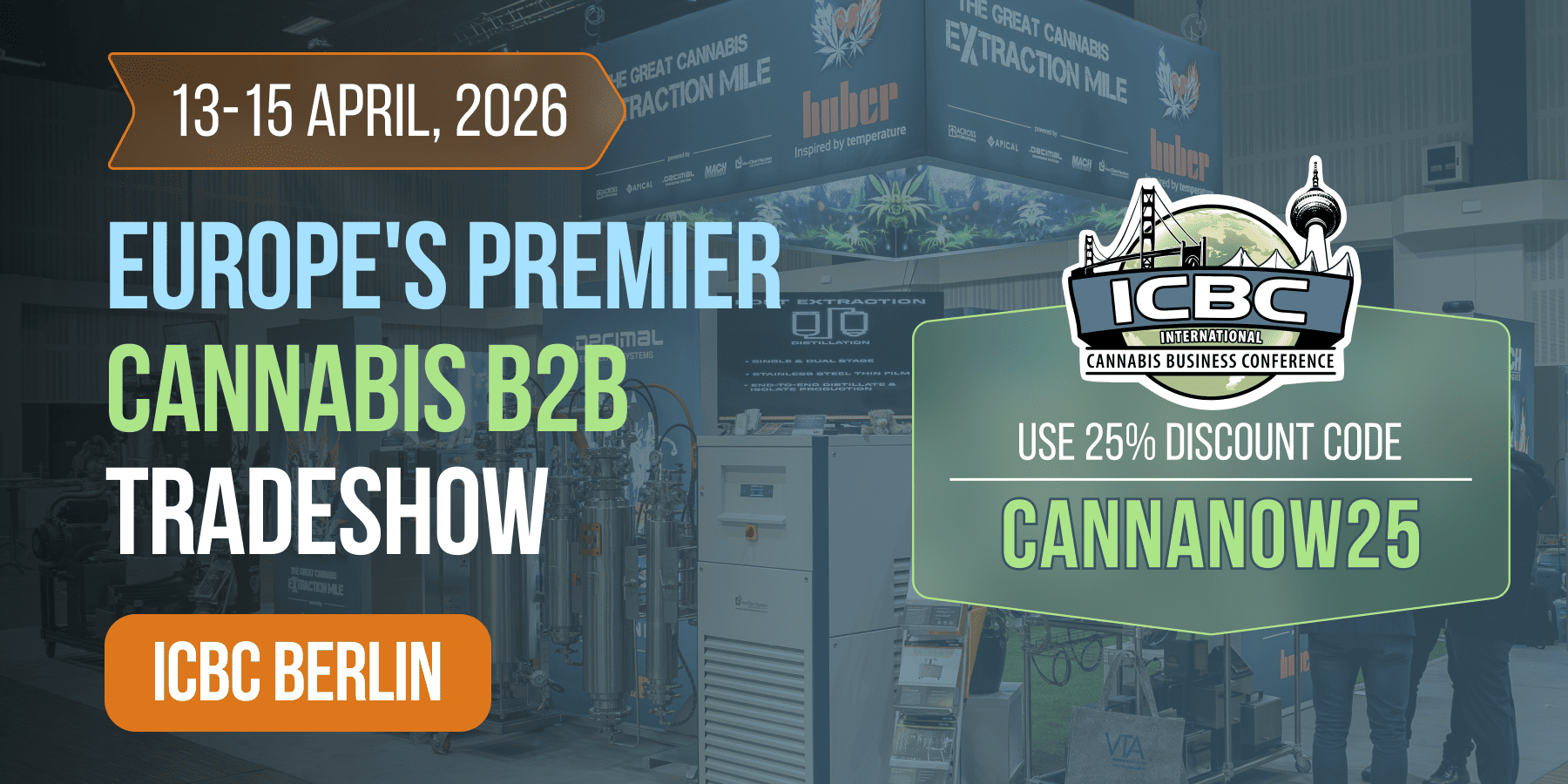Cultivation
Hydroponic How-To: Ebb & Flood
This is the method that I used to cut my teeth in hydroponics. The ebb and flood method, also known as “ebb and flow”, uses a growing medium of pea gravel, sand, or something like the two. There’s a lot of flexibility here, the idea is to allow room for the roots to grow through the medium unimpeded. I’ve heard of people using everything from their childhood marble collection to aquarium gravel. Even rocks dug up from the driveway work, if you clean them good enough.
This method can be complex if you want to go that far, though it doesn’t have to be. The most basic setups have a growing tray filled with the medium you’ve chosen.
Connect to the bottom of that a hose, with the other end of the hose connected to the bottom of a bucket, which will be the nutrient reservoir. Fill the reservoir with the nutrient solution, and then lift the reservoir higher than the top of the growing medium. The nutrient solution flows from the reservoir into the growing tray, flooding the growing medium with nutrient. Put the reservoir on the floor and the nutrient flows from the growing tray back into the reservoir. Simple.
The major advantage to this method is that the roots are constantly moist and highly oxygenated. The solid, heavy growing medium – I recommend pea gravel – holds the roots better than does the peat and perlite method.
There’s also a large amount of room between the grains of the growing medium, so the roots will grow almost entirely unimpeded. They’ll waste less energy trying to plow through the medium, making an extensive early root system. This lends itself to spectacular results later on.
One drawback to this method is that the tray has to be flooded three to four times daily, religiously. If you have a job, then your plants will suffer because you won’t be able to feed them enough. This is a good reason to explore automating your ebb and flood setup. Use a pump to fill the growing tray, a float switch to tell when the growing tray is full, and an electric valve that opens to allow the nutrient to flow back into the reservoir. An electric timer is also a must for this system.
You might be scratching your head, trying to figure out how to implement this. Don’t worry, there’s a clever solution to this problem. Read on.
So you want to use the ebb and flood method because of all of its perks, but you’re not home during the day, and you’re no good with electrical things. Well, here’s your solution. Use the same growing tray and medium as you would with ebb and flood, but don’t use a reservoir. The reservoir is replaced with an aquarium aerator. Hoses from the aerator are snaked along the bottom of the growing tray, and then the tray is filled with your growing medium.
The idea is to have the growing tray constantly filled with the nutrient solution (and growing medium). The aerator blows air through the perforated hoses on the bottom, keeping the nutrient solution from becoming stagnant. This process is known as aeration, and is what keeps the goldfish alive in your aquarium. The rise of the air bubbles circulates the nutrient solution to constantly provide fresh nutrients to the roots.
With a setup like this, you need only to check for critters now and then, and replace the nutrient solution once or twice a week. It is the best solution for the working grower, providing absolutely amazing results with a minimum of complication. I’ve used this setup since figuring it out nine years ago, and have absolutely no complaints. The pleasant hum of that aerator puts me to sleep at night.
Have you tried Ebb & Flood? Share your tips in the comments below!



